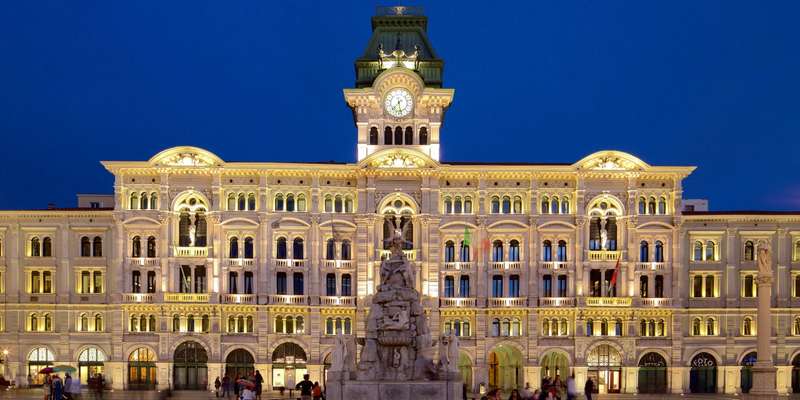- Home
- Useful Tips
- Exploring Trieste's coffee...
Trieste's coffee culture is a hidden gem that many travelers miss, leaving them with generic espresso experiences. With over 70% of Italy's coffee beans passing through this port city, the local brewing traditions here differ dramatically from what you'll find in Venice or Rome. Visitors often wander into tourist traps serving overpriced, mediocre coffee, unaware that just blocks away lie century-old cafes where James Joyce once sipped his daily cup. The frustration mounts when you realize you've wasted precious vacation time—and euros—on underwhelming drinks while the true soul of Trieste's caffeine scene remains locked away. This isn't just about missing great coffee; it's about failing to connect with the city's Habsburg-era heritage, where every porcelain cup tells a story of empire, literature, and maritime trade.


Why Trieste's coffee tastes unlike anywhere else in Italy
The first sip in a proper Trieste cafe reveals a culture shaped by geography and history. Unlike southern Italian espresso that punches with dark roast intensity, Trieste's blends carry subtle Viennese influences—lighter, often with cocoa undertones, reflecting the city's Austro-Hungarian past. Local roasters like Illy source beans directly from the port, creating fresher profiles you won't find in chain cafes. The preparation rituals matter too: here, 'capo in b' means coffee with a dash of milk in a glass, while 'nero' gets served with a side of water as locals do. These nuances stem from Trieste's role as Europe's coffee gateway since the 18th century, when beans arrived from Africa and the Middle East. Miss these details, and you're not just drinking coffee—you're missing the liquid history of a borderland city.
4 historic cafes where time stands still (and how to order properly)
Caffè San Marco, operational since 1914, remains the literary heart of Trieste with its wood-paneled walls and antique bookshelves—order a 'goccia' (espresso with a drop of milk) like the philosophers once did. At Caffè degli Specchi on Piazza Unità, the mirrored walls have reflected Habsburg nobles and modern politicians alike; ask for a 'decaffeinato con schiuma' if you prefer decaf with foam. For a truly local experience, seek out Caffè Tommaseo, the city's oldest, where the marble tables have hosted revolutions since 1830—their 'melange' (Trieste's answer to cappuccino) comes with a cinnamon dusting. Remember, these aren't museums but living institutions: stand at the bar to pay local prices (often half the seated rate), and never order a latte unless you actually want just milk.
Avoiding tourist traps: Signs you're in the wrong cafe
Trieste's genuine coffee experience hides behind unassuming facades, while flashy establishments near cruise ports often disappoint. Warning signs include menus with cartoonish illustrations of drinks, baristas who don't speak Italian, or prices above €2.50 for basic espresso. Authentic spots will have elderly locals reading newspapers at marble-top tables, a selection of at least five coffee variations you've never heard of, and possibly a cash-only policy. If you see 'Irish coffee' prominently advertised or pre-packaged biscuits with your cup, you've likely strayed into a tourist zone. Instead, follow the morning crowds in business districts—the lines at Torrefazione Cannaregio at 7:30 AM signal some of the city's freshest roasts. True Trieste coffee should feel like stumbling upon a well-kept neighborhood secret, not a staged performance.
From bean to cup: DIY coffee walks and guided tasting tours
For the ultimate immersion, start at the Stazione Rogers coffee warehouse to smell unroasted beans, then walk to Caffè Urbanis for their 100-year-old espresso blend. Many visitors don't realize that free self-guided tours exist—the Trieste Coffee Trail map from tourist offices marks seven historic cafes within a 15-minute radius. If you prefer expertise, select guided tours that include bean roasting demonstrations at Micro Torrefazione and tastings of rare single-origin cups. Budget-conscious travelers can still experience premium coffee by visiting during 'happy hour' (4-6 PM), when many cafes serve free nibbles with drinks. Whether you explore solo or with a guide, the key is pacing—Trieste coffee deserves savoring, not rushing, much like the city itself.



